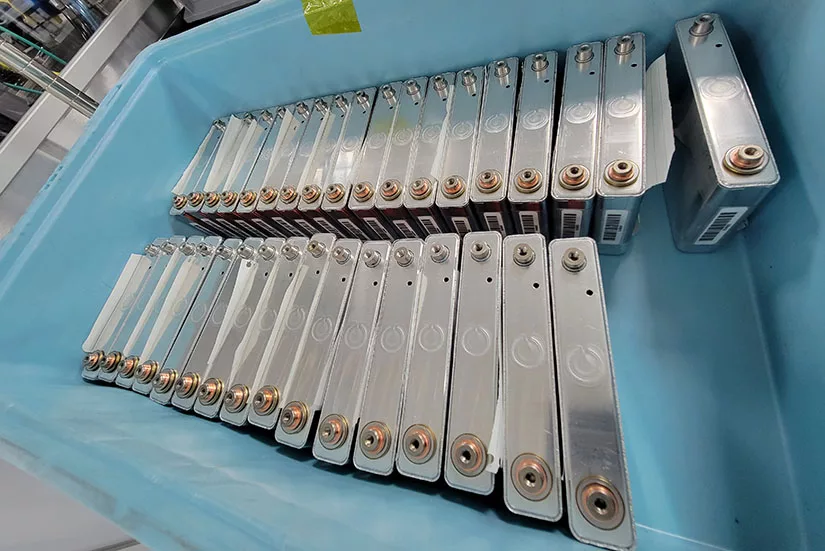The U.S. Department of Energy‘s National Renewable Energy Laboratory (NREL) is on the forefront of battery innovation, with efforts that could rival the tech arsenal of Gotham’s famed vigilante. Through a project fittingly named BatMan, researchers have been transforming battery production with a novel laser patterning technique, enhancing the electrical storage capabilities critical to advancements in EV technology. Developed with funding from DOE’s Advanced Materials and Manufacturing Technologies Office, the collaboration includes partners from Clarios, Amplitude Laser Group, and Liminal Insights, and is expected to pave the way for a greener and more efficient future.
A Leap Forward in Battery Manufacturing
Leveraging the extensive knowledge in laser ablation, computational modeling, and materials characterization, NREL’s scientists, led by project co-leads Bertrand Tremolet de Villers and Donal Finegan, have created a breakthrough laser patterning process. Not only does this method precision-engineer battery electrodes at a high throughput, but it also does so without adding significant costs to the roll-to-roll manufacturing line—a crucial consideration for widespread adoption in electrified transportation.
Overcoming EV Industry Challenges with Pioneering Design
The pathway to a carbon-neutral future hinges on the widespread adoption of electric vehicles, urging breakthroughs in battery technology that offer rapid charging and longer drives. A key to this lies in the electrochemistry; modifying the material composition, size, and structure of the electrodes can drastically enhance a battery’s performance. NREL’s BatMan project faces the challenge of increasing electrode thickness without compromising the battery’s longevity and efficiency, propelled by the urgency set forth in the U.S. National Blueprint for Transportation Decarbonization.
Strategically Engineering Electrodes
NREL is using advanced modeling techniques to identify the most effective pore patterns within battery electrodes. These precise microstructural changes enable faster ion movement, quicker electrolyte saturation, and overall better battery functionality. The BatMan team has found that strategically placed hexagonal pores with connected straight channels mark a significant improvement, all without the trial-and-error process traditionally required in battery development.
The Game-changing Laser Ablation Process
With the ideal pore design in hand, NREL’s team embarked on the meticulous process of prototyping and testing. Utilizing sophisticated characterization tools and collaborating with the Amplitude Laser Group, they refined a laser ablation technique that promises superior fast-charging capabilities. Ryan Tancin and Dana Sulas-Kern played key roles in this prototyping phase, ensuring precision control over the lasing process to match the intricacies of the electrode designs.
Scaling Up for Industry Impact
Moving beyond the lab benches, the BatMan initiative has now demonstrated its feasibility on NREL’s roll-to-roll manufacturing line, processing substantial lengths of electrode material to prove the technique’s scalability. The optimized electrode materials were then sent to Clarios for assembly into larger batteries, with early tests showing promising results for both wetting and charging efficiency owing to the new electrode configurations.
Charging Towards a Sustainable Energy Future
The implications of NREL’s laser-ablated electrode technology extend far beyond minor modifications to the manufacturing cost of batteries, less than 2% according to techno-economic analyses. BatMan’s project outcomes suggest the potential for doubling the charging rates for electric vehicles and even reusing byproducts such as graphite debris without compromising performance. Furthermore, as the lab continues its quest for innovation, this laser ablation approach holds promise for revolutionizing battery manufacturing for various upcoming battery chemistries, including silicon, sulfur, and solid-state variants.
As NREL’s team channels its expertise into this groundbreaking work, the world watches with anticipation. Beyond superhero fantasies, it’s this real-world science that could deliver the energy solutions needed for a greener, more electrified future.
